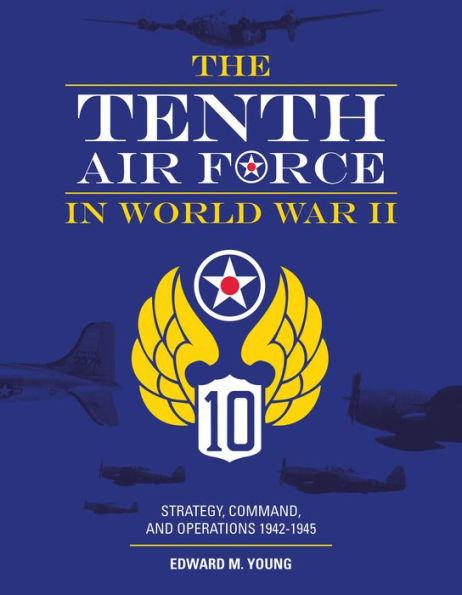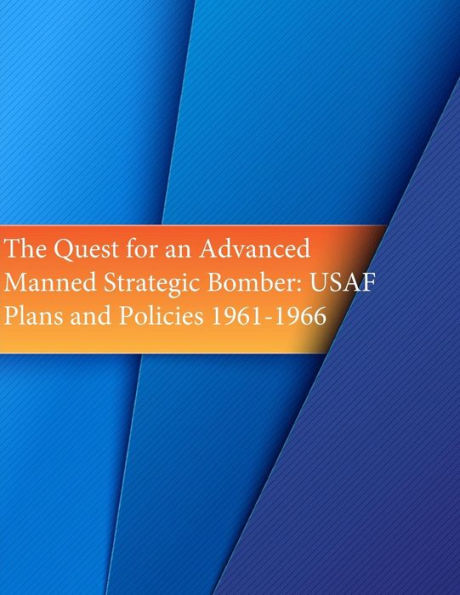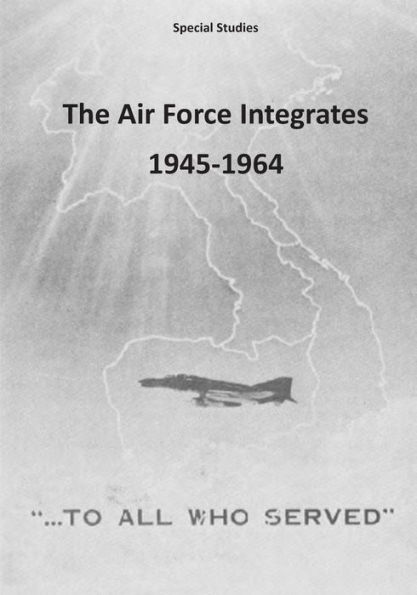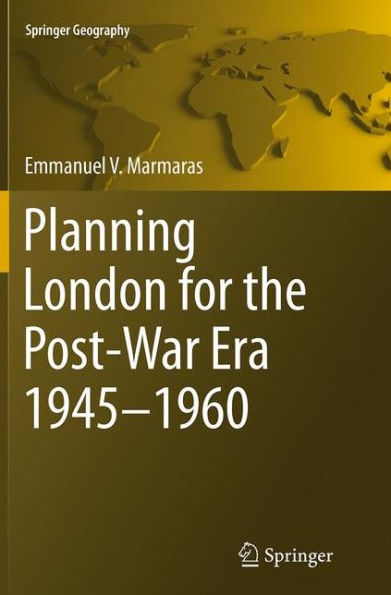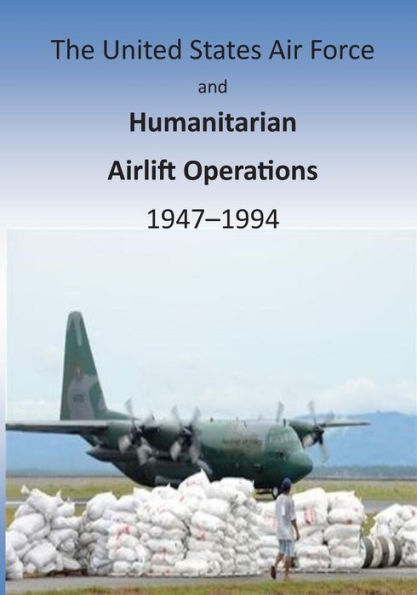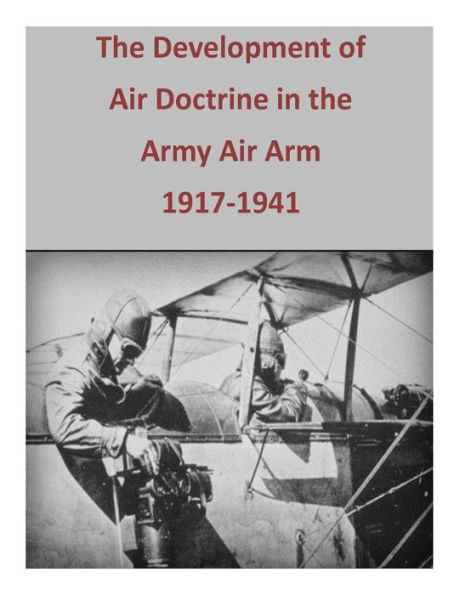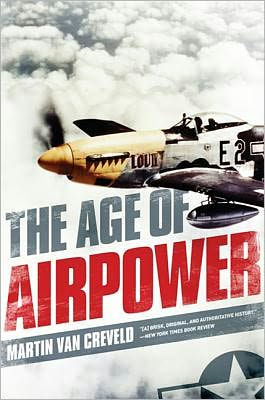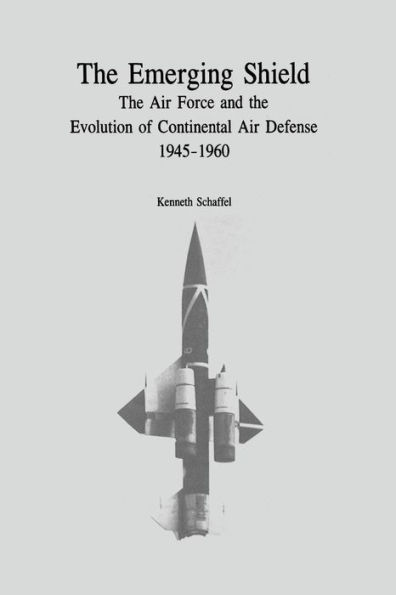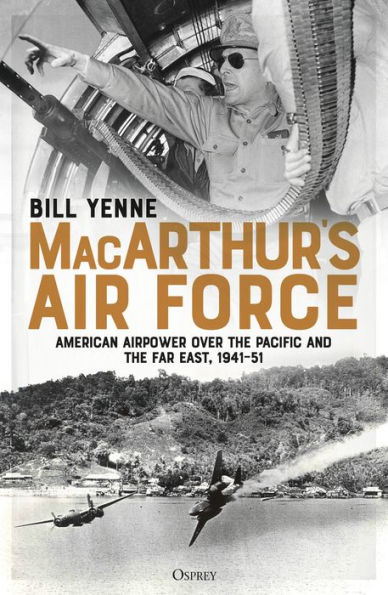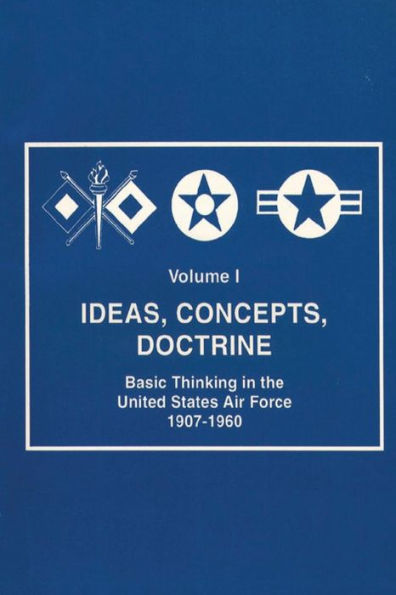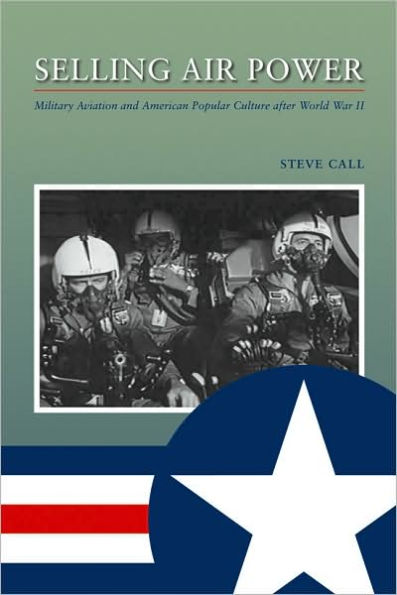Home
Planning and Organizing the Postwar Air Force 1943-1947


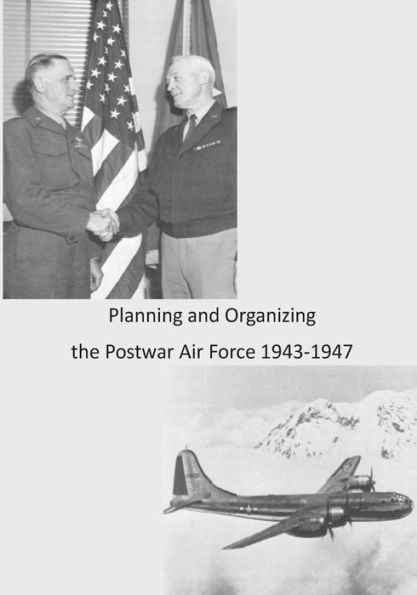
Planning and Organizing the Postwar Air Force 1943-1947
Current price: $16.95
Loading Inventory...
Size: OS
One of the longest and most bitter disputes in twentieth century military affairs has been over the organization of the armed forces, particularly the question of independence for the air forces. From the early period of powered flight apostlesof air power, such as the Italian General GuilioDouhet, argued that the proper employment of aviation in war required the massing of air armadas independent of ground or naval forces. As it developed in the United States in the 1920s and 1930s, the dispute was not simply self-serving or bureaucratic-for power or prestige,rank or budget. The argument over an independent air force cut to the very heart ofnational defense, for who controlled air policy, air doctrine, buying of aircraft, military training, and the structure of the air forces determined the type of military forces the nation would possess and how aviation would be used in war. Ultimately,organization would determine whether the United States would succeed in the air battle and, in the minds of the protagonists, whether the United States would win in In this excellent work of narrative and analysis, Herman Wolk of the Office of Air Force History untangles the complex history that led to the birth of the United States Air Force after World War II. After surveying the struggle for independence to 1941, and planning during World War II for a postwar air force, Mr. Wolk details the events that resulted in the formation of a separate Air Force in September 1947.Significantly, the new Air Force at its birth already possessed a long history and a rich heritage: some forty years as part of the Army, service in two world wars, and a fully developed understanding of its usefulness in war. The new Air Force possessed leaders who knew that how the service was constructed and how it was led and administered would affect how air power could be used, and whether it could contribute fully to the nation's security. Furthermore, the author puts this important story into the broader context of late World War II thinking aboutpostwar defense, and the fierce struggles between 1945 and 1947 over service roles and missions, budgets, and the shape of military policies and forces. There is also another story in these pages, less dramatic but equally important: the birth of a military service. Few times are more crucial for an institution than the era of its birth, when the basic structure of the organization is established and procedures worked out for the conduct of routine organizational activity. The precedents established often survive far into the future. They provide benchmarks against which change is considered or implemented, and from the beginning that first structure and set of procedures shape the life of the institution, from the making of high policy down to the most mundane details of administrative routine.
